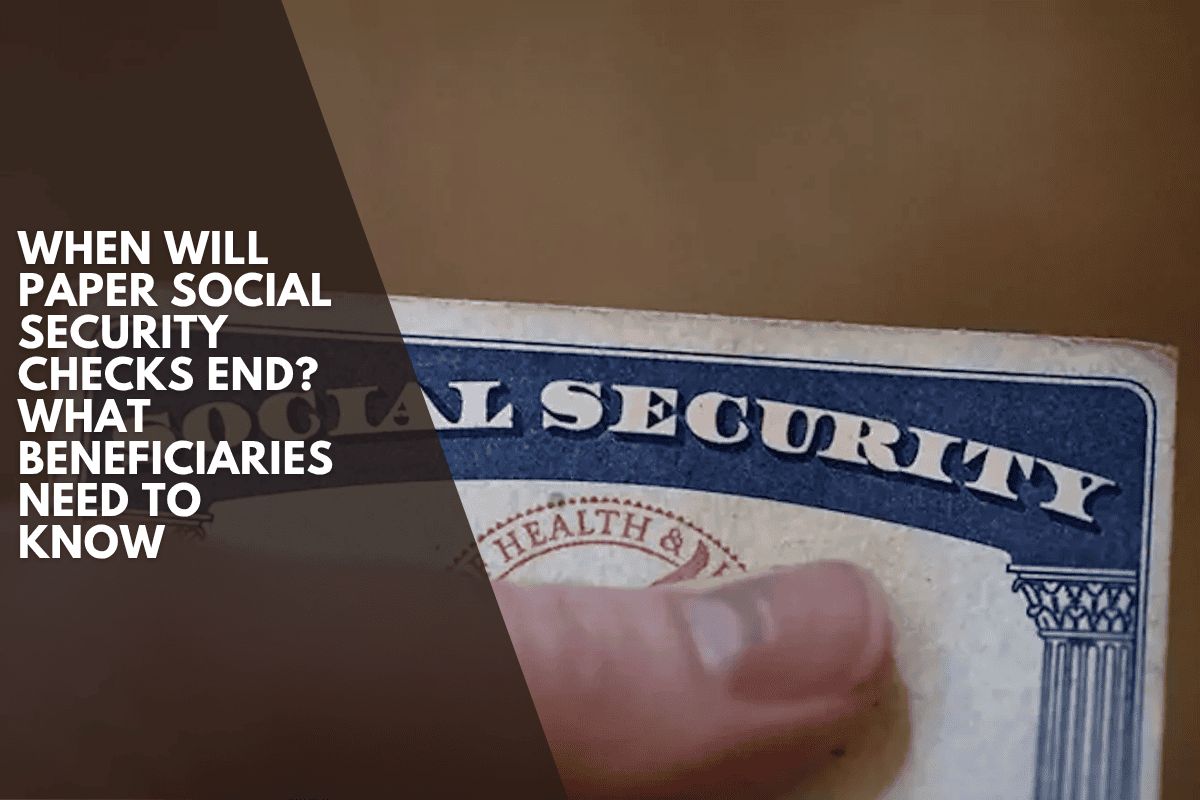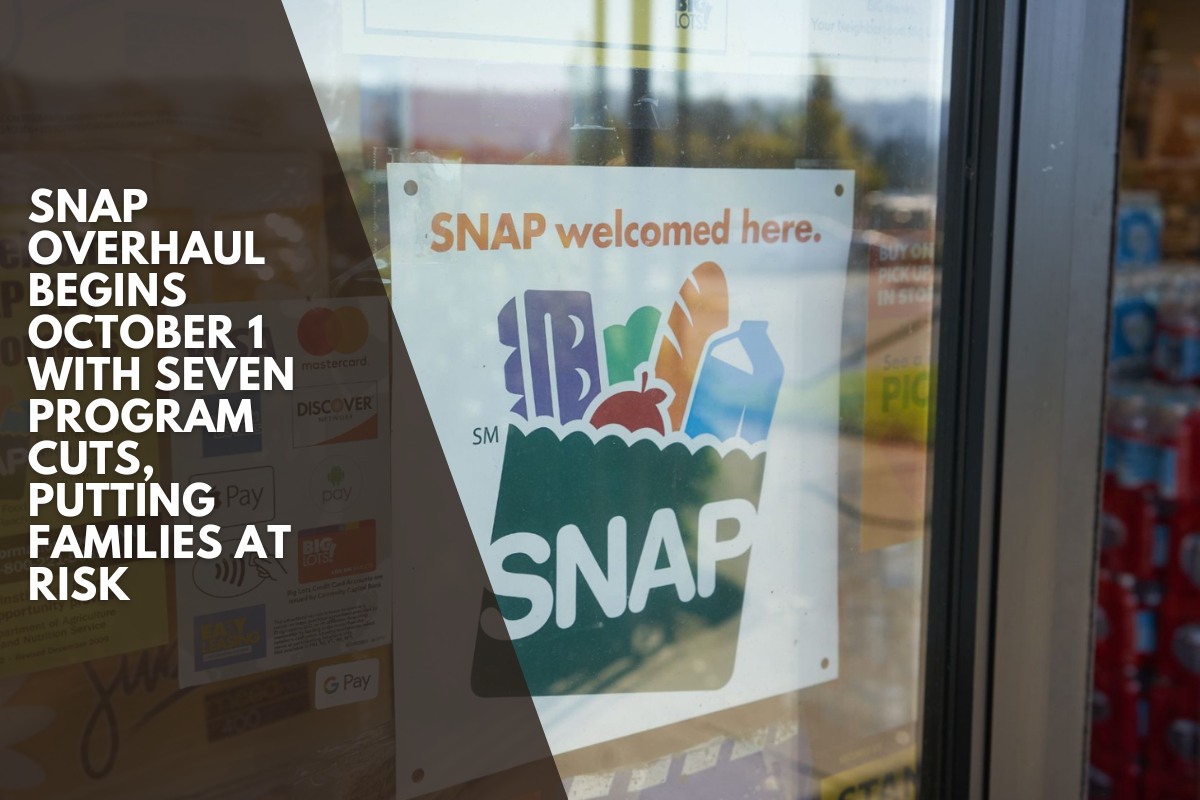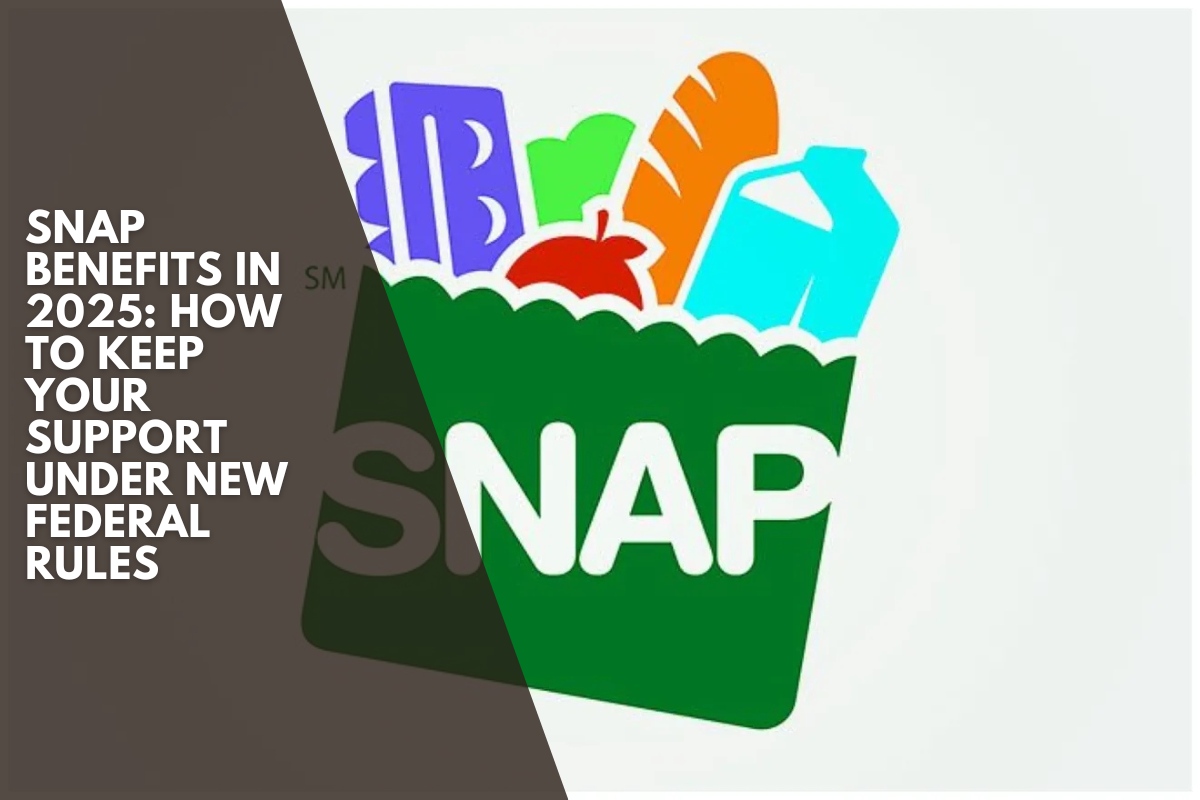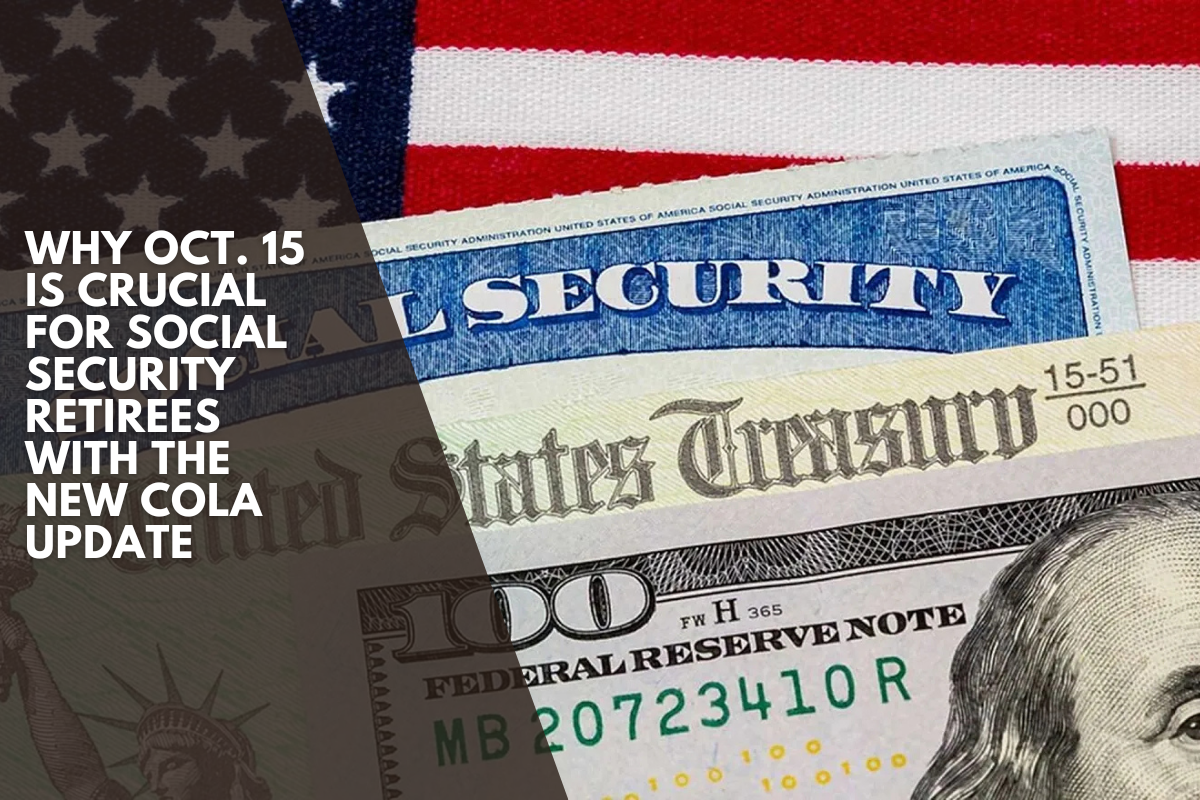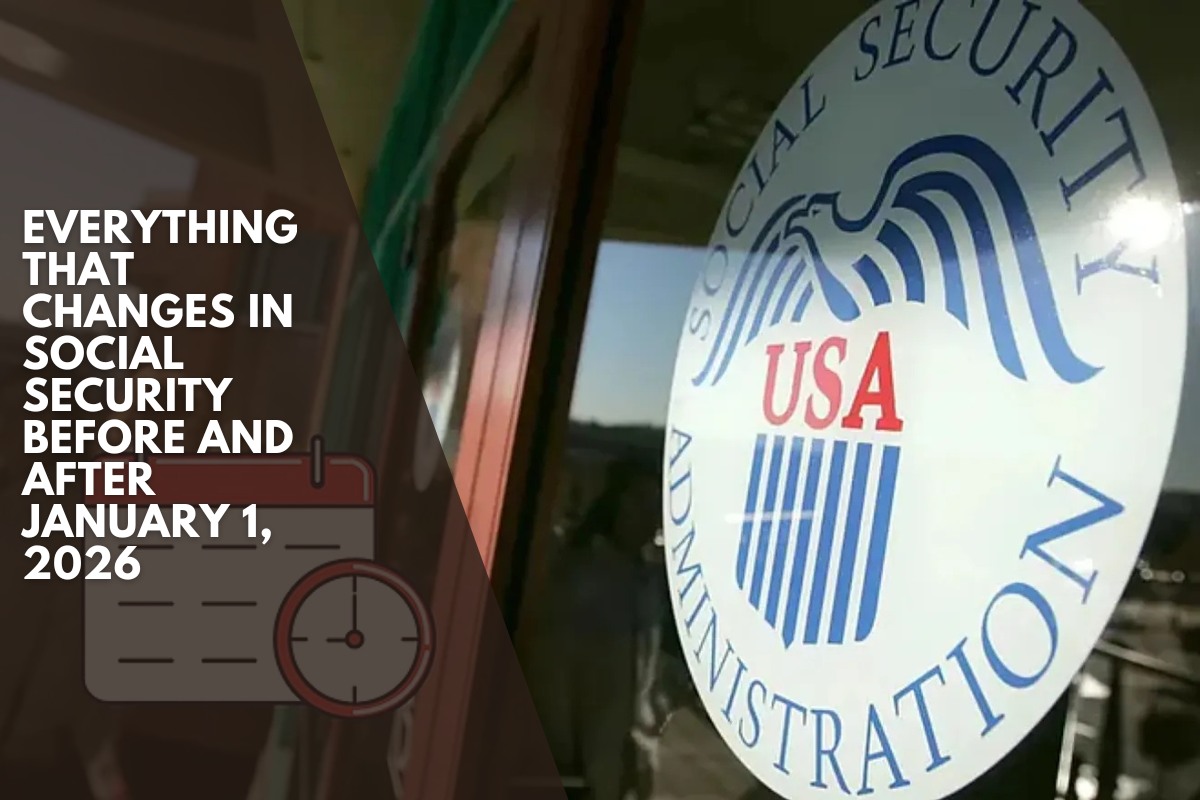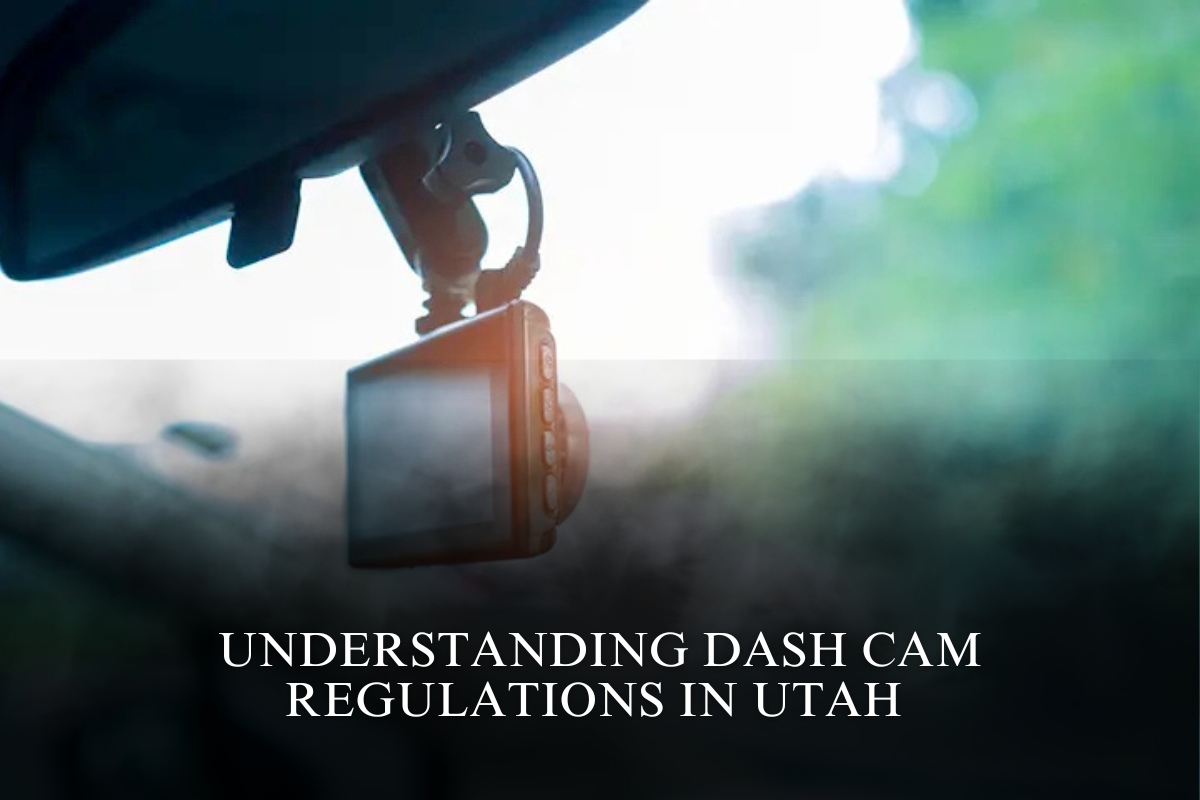For decades, millions of Americans relied on paper checks to receive their Social Security payments.
However, that tradition is officially coming to an end. The Social Security Administration (SSA) has announced that it will phase out paper checks and switch entirely to electronic payments.
This change is part of a larger initiative to improve benefit delivery, reduce fraud, and save taxpayer money.
While most Social Security recipients now receive their payments via direct deposit or prepaid debit cards, a small number, estimated at fewer than 180,000 people, still receive paper checks by mail. This will soon change.
“Receiving benefits electronically is safer and more reliable,” the Social Security Administration stated in a recent announcement. “Electronic payments eliminate the risk of lost or stolen checks and provide beneficiaries with immediate access to their funds.”
What beneficiaries need to know about the transition
The deadline for switching from paper checks to electronic payments is September 2025. After that, Social Security recipients will no longer receive paper checks.
Individuals who have not already done so must select between two options: direct deposit into a bank account or enrollment in the Direct Express Debit Mastercard program.
Direct Express, which launched in 2008, is a federal debit card program designed specifically for Social Security and other federal benefits. The card enables users to make purchases, withdraw cash, and pay bills without requiring a traditional bank account.
The SSA emphasized the benefits of going electronic, particularly for older adults and those living in rural areas. “Payments arrive on time, every time, regardless of weather delays or mail disruptions,” according to the agency.
The move is also expected to significantly reduce the government’s costs. According to the United States Treasury Department, issuing a paper check costs approximately 92 cents more than making an electronic payment.
For those who are concerned about making the switch, such as a lack of internet access or limited banking options, the SSA provides assistance through local offices and a toll-free phone number.
The Go Direct helpline, operated by the Bureau of the Fiscal Service of the United States Department of the Treasury, can also provide assistance.
The United States Treasury has long promoted electronic payment options. In fact, a 2013 rule required all new federal benefit recipients to use electronic methods. Until now, the small group that still receives paper checks had been grandfathered in.
“Electronic payments eliminate the risk of lost or stolen checks and provide beneficiaries with immediate access to their funds,” the SSA emphasized in its announcement.
While change can be difficult, particularly for those who are accustomed to paper checks, the transition aims to improve security and convenience for all parties involved. Beneficiaries are encouraged to act quickly to avoid disruptions.
